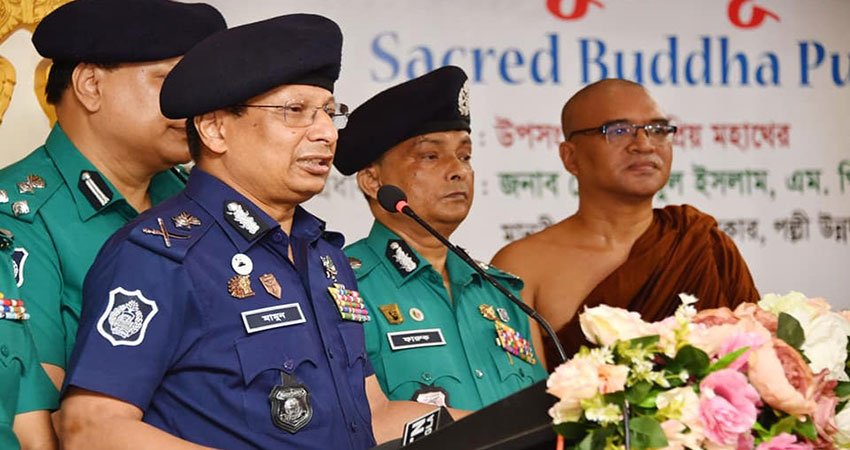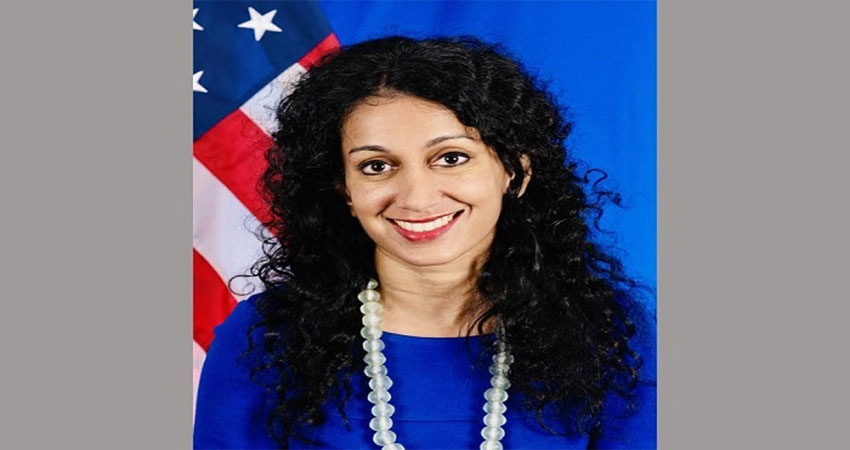Around 7.2 million people have been severely affected following devastating flash floods which began in May with a second wave starting on June 15 in nine northeastern districts of Bangladesh, said a media statement from the UN Resident Coordinator in Bangladesh.
The affected districts are - Sylhet, Sunamganj, Moulvibazar, Habiganj, Kishoreganj, Netrakona, Brahmanbaria, Mymensingh and Sherpur.
Among the nine districts, Sylhet, Sunamganj, Moulivazar, Habiganj and Netrakona are the most affected.
According to the statement, on July 2-3 July, a joint mission of the United Nations, humanitarian donors (European Union, the United Kingdom) and NGO partners visited the flood-affected districts of Sylhet and Sunamganj.
The mission aimed to see the impact of and response to the floods express its solidarity with those affected and offer condolences.
The mission was able to see the extent of the flooding, hear from some of the people affected, speak with key local authorities delivering the government's response, and get a glimpse into the scale and scope of the response provided by the government complemented by UN agencies and NGOs. There is a large-scale coordinated response operation ongoing under the government's strong leadership.
The government has moved over 472,000 people to some 1,605 shelters. Many of the most vulnerable people within the communities that we spoke to have received vital food assistance.
The UN and NGO partners are supporting these efforts by delivering food assistance, drinking water, cash, emergency drugs, water purification tablets, dignity and hygiene kits and education support to the affected families.
UNICEF re-allocated $2.8 million of internal resources to meet the emergency needs and has provided life-saving support to nearly one million people.
WFP distributed 85 tons of fortified biscuits to 34,000 households in three districts.
UNFPA has provided referral support for pregnant women to access hospitals and positioned midwives to provide 24/7 emergency obstetric support. UNFPA is also operating maternity waiting homes for pregnant women while they wait for institutional delivery.
The WHO provided 250,000 water purification tablets to the affected people. Key national and international NGOs are providing vital emergency response in the most-affected areas, including the provision of critical cash assistance, safe drinking water, shelter, and emergency sanitation under the government's leadership. The government has announced welcome additional support.
Despite these efforts, and due to the scale of the floods, there are areas that are still inaccessible – cut off from rescue or relief. Many of the elders in the communities described this flood as worse than any that they have seen in their lifetimes, said the statement.
In addition, some 60,000 women in the affected areas are pregnant. Of them, some 6,500 will give birth in the next month. With primary healthcare centres submerged and non-functional, most of these women have limited or no access to healthcare.
Where water has receded somewhat, more families will return to damaged homes, others will have to rebuild from scratch. Damaged latrines and water sources will also need to be repaired. Children have lost three weeks of schooling already and their books have gotten washed away. This comes on top of the loss of schooling due to the COVID-related school closures in 2020-2021.
The statement added that in the face of ongoing needs and to complement the government of Bangladesh's ongoing efforts, the European Union allocated €1.2 million (Over Tk 11.7 crore) to humanitarian NGOs and €200,000 (Over Tk 1.9 crore) through the Bangladesh Red Crescent Society, the UK released £636,548 (Over Tk 7 crore), Sweden committed 13 million SEK (Over Tk 12 crore), and the United States through the US Agency for International Development allocated $250,000 (Over Tk 2.3 crore) in emergency funding.



















